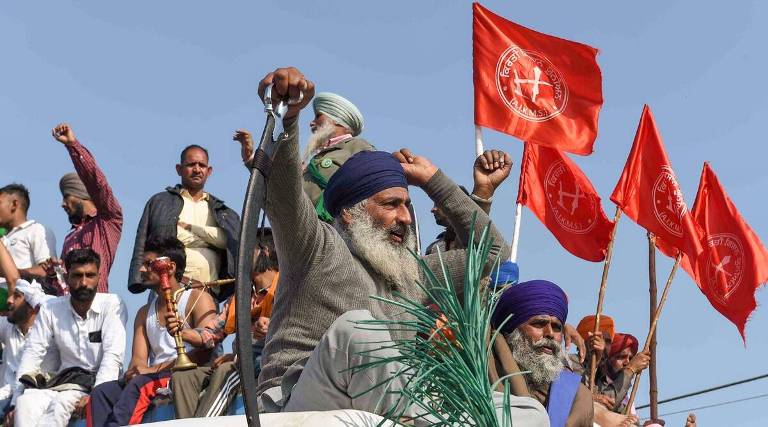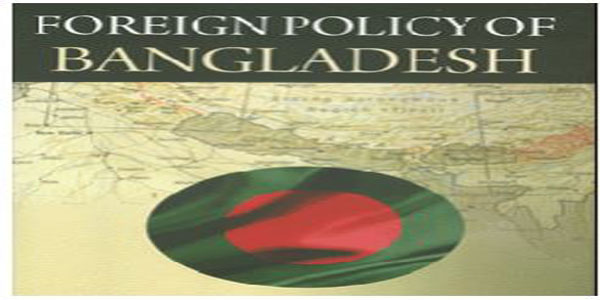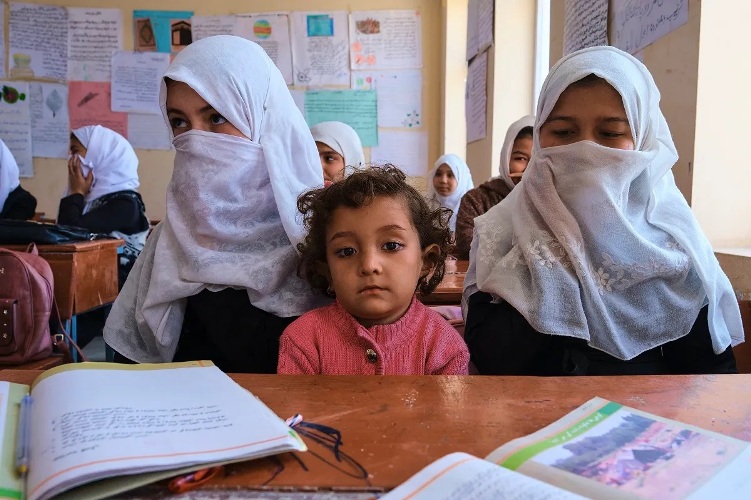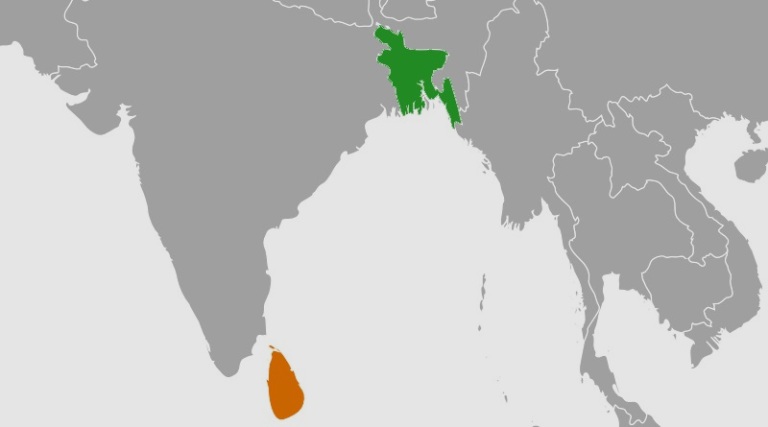
The chief reason for the perilous water crisis is the over-extraction of groundwater. COURTESY
It was more than six months ago that Indian farmers started protesting against three new laws pushed in unilaterally by the government of Prime Minister Narendra Modi. The laws aim to change the way agricultural markets operate. But, from the very beginning, the protests have not been only about the intricacies of those laws.
Farmers worry that through the new laws, the government will cut down its wheat and rice procurement. That system of procurement at minimum support prices (MSP) is critical for the livelihoods of farmers in the northern states of Punjab and Haryana in particular. It is farmers from these very states who are protesting.
The laws themselves do not imply a change in the government’s procurement practices. But farmers worry that is what the government intends to do. This fear stems from a series of reports and expert recommendations over the years that have suggested a shift away from the paddy and wheat cycle that dominates croplands in these two states. The transition is crucial because of the prevailing water crisis in both Punjab and Haryana.
In fact, Punjab and Haryana are among the regions facing the most severe water risks, not only in India, but also in the world. Between 2002 and 2008, the aquifers beneath India’s food basket, as this region is known, lost 109 cubic kilometers of water — that’s about the volume of water contained in the Dead Sea.
The problem is so dire that the government fears that parts of Punjab and Haryana could turn into deserts in the next two decades as most regions may completely exhaust their groundwater resources.
The chief reason for the perilous water crisis is the over-extraction of groundwater. In both states, the amount of water drawn from the ground each year is much greater than the amount recharged. Most of the groundwater is pumped to irrigate fields of wheat in winter or to flood paddy fields during the summer.
That is where the problem lies. On average, wheat and rice are among the most water-intensive crops grown in India. Growing rice in Punjab and Haryana — areas with moderate rainfall where parts are described as semiarid — is particularly problematic. Three times more water is required to grow a kilogram of rice in Punjab than in the flood plains of Bihar in eastern India.
Farmers in Punjab and Haryana did not always grow rice. In the Punjab of 1960 (which included Haryana) only 5 percent of the cropped land was under rice cultivation. State policy starting in the mid-1960s, when India faced grave food security risks, incentivized rice-wheat monoculture.
With considerable assistance and encouragement from the United States, India ushered in the green revolution. Higher yielding variety of seeds, fertilizers and pesticides were provided to farmers at subsidized rates to increase the productivity of food grains.
The green revolution in Punjab and Haryana did achieve food grain sufficiency for India. The two states now account for more than half of the wheat and rice issued to India’s poor. But, its unintended consequence is the water crisis of today.
A key component of the green revolution was the expansion of groundwater irrigation through private tube wells whose acquisition was incentivized via subsidized loans. Recent histories have argued that this was perhaps even more crucial to the green revolution than new seeds or fertilizers. Some have said that the green revolution in India was really the tube well revolution.
But costs are rising now with the depletion of groundwater levels. Tube wells are running dry, and every now and again farmers have to dig deeper into the earth to hit water. This involves large sums of money necessitating debt, which farmers are often unable to repay as their incomes are barely enough to meet expenses. Feeling helpless in the debt trap, several farmers have died by suicide.
Left to its own, this water crisis will only get worse as rainfall becomes more and more uncertain due to climate change. So, a transition away from the rice-wheat cycle in Punjab and Haryana is necessary. Farmers know that too.
What they need is income while they transition to less water-intensive crops. The new laws are silent on this. They appear to come with the assumption that a “free market” will solve all problems. Government subsidies to the farm sector are a global reality.
There are two policy tools that the government has up its sleeve to alter cropping patterns in Punjab and Haryana: public procurement of crops and electricity subsidy.
By ensuring a credible market — public or private, domestic or export oriented; or a combination of these — that provides remunerative prices for less water-intensive crops such as corn, legumes and oilseeds, the government can incentivize farmers to move away from growing rice.
Equally important is to start charging farmers for electricity used to draw groundwater for irrigation to ensure that the resource is not overexploited.
These measures will also need the cushioning of an income support mechanism to ensure that the transition is just and livelihoods are not impacted. But that will need to be enhanced much beyond the current $85-a-year provided to a farming family of five, on average.
In the current environment of trust deficit between the government and farmers, any policy change to enable the transition will be a hard political sell. That’s where consultation is key.
Unfortunately, as we have seen with the farm laws and several other “reforms,” Modi has neither the patience nor the inclination to commit proposed policies to the process of consultation. He must appreciate that India at its core remains a noisy democracy where people take pride in their opinions and no reform, no matter how well intentioned, will be welcomed unless it is consultative.
*The article published in The Wire.












0 Comments